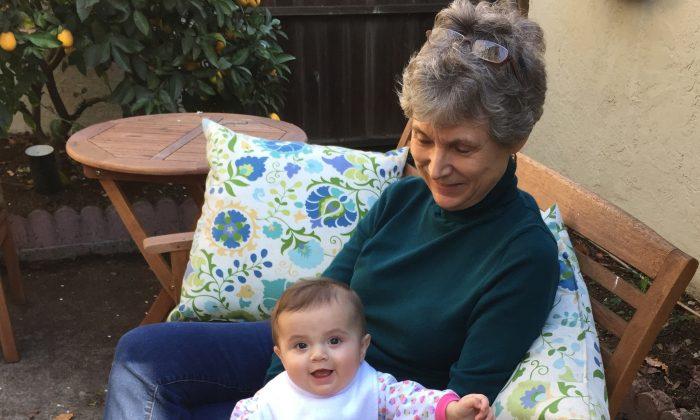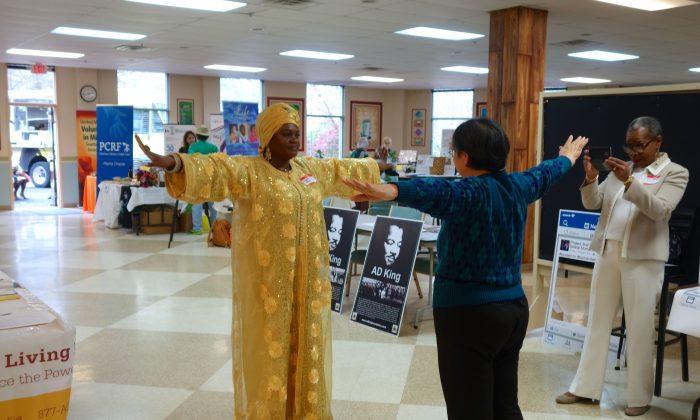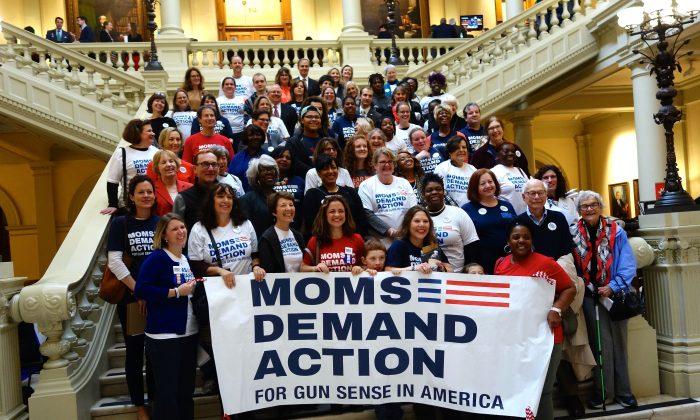So far 17 states and the District of Columbia have had measles outbreaks in 2015, and we are on track to set another record, according to the Centers for Disease Control and Prevention. “It seems like everyone is talking about measles,” said Anne Schuchat, M.D.
In 2014, there were 644 measles cases in the United States, which is by far the most in 20 years. As of Feb. 20, 2015, there have been 133. Most of those are linked to the outbreak at Disneyland in California.
“It’s unusual, but to put it in perspective, this is night and day compared to 50 years ago,” said Schuchat, who is Director of the National Center for Immunization and Respiratory Diseases at the Centers for Disease Control and Prevention. She is also a Rear Admiral in the United States Public Health Service.
Measles has been eliminated from the Americas. This means there is no continuous circulation of the infectious disease for 12 months, according to Schuchat. Outbreaks in the United States are usually imported, including the one at Disneyland this year. An infected traveler was probably the source, and unvaccinated children represented most of the victims.
The chart-topping outbreak in 2014 was also imported, from the Phillipines, and spread among unvaccinated Amish people.
In 1963, when the measles vaccine was first licensed, 140,000 people got measles in the United States. From 1958-1962, an average of 503,282 measles cases and 432 measles-associated deaths were reported each year, according to the CDC.
The measles vaccine is “one of the best we have,” safe for most people, and effective against all genotypes of the virus, according to Schuchat. But it is not for everyone.
The MMR, or Measles, Mumps and Rubella vaccination, is not OK for pregnant women, people with leukemia, infants under 12 months, or people taking steroids such as prednisone. Anyone with an impaired immune system should not take the measles vaccine, because it contains an attenuated live virus.
Anyone born before 1957 does not need it, because “virtually everyone got measles” until the vaccine came into use. They have lifelong immunity.
Get the Facts
Each individual and each parent should talk to his or her doctor or nurse to decide if the measles vaccine is safe. “It’s important to get your individual questions answered,” said Schuchat.
In particular, she said there is no link between MMR and autism, which is a concern raised by a small number of parents who choose not to get their children vaccinated.
She said she hopes journalists will not focus on a minority of people who refuse to allow their children to be vaccinated. “It’s important not to give equal time to that very rare part of the story. Fewer than 1 percent are not vaccinated.”
Most people do get vaccinated. It’s normal here, according to Schuchat.
What she'd like to see is simple things to make it easier.
Now, the Affordable Care Act requires that preventive care be offered free to the patient, with no co-pay, if it’s an in-network provider. So a person could get a flu shot without paying out of pocket. Since employers often provide insurance, they could also arrange for free flu shots at the workplace, and remind people in newsletters that every adult should get a flu shot.
She also said states and their public school systems could make it a little harder for parents to opt out of vaccinations, so that only people who really do have religious objections or other deep objections would skip the shots.






Friends Read Free